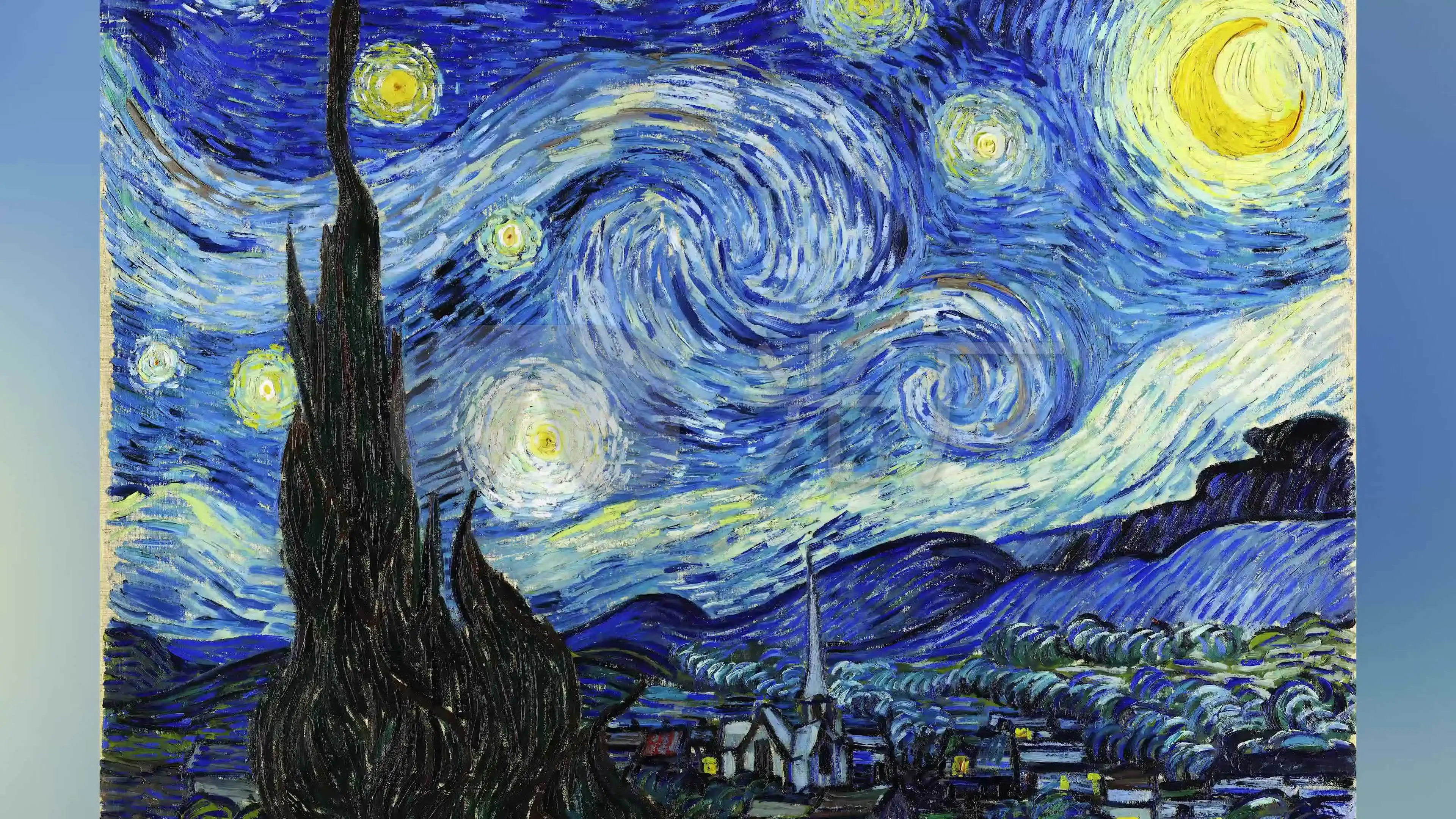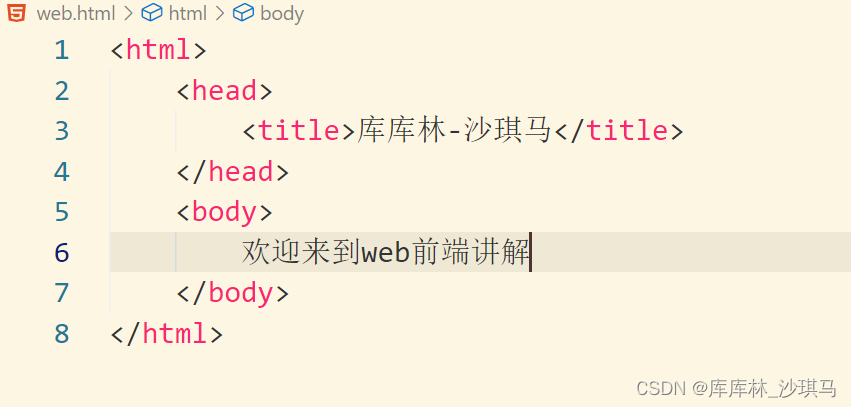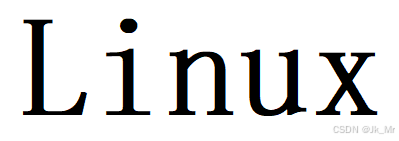如何使用神经网络生成艺术作品
1. 简介
神经网络,特别是卷积神经网络(CNN)和生成对抗网络(GAN),在生成艺术作品方面表现出色。本教程将介绍如何使用这些神经网络生成艺术作品。
2. 基础概念
2.1 卷积神经网络(CNN)
CNN主要用于图像分类和识别任务,通过卷积层提取图像特征。利用这些特征,我们可以进行风格迁移,将一种图像的风格应用到另一种图像上。
2.2 生成对抗网络(GAN)
GAN由生成器和判别器两个部分组成。生成器负责生成新的图像,而判别器则评估这些图像的真实性。GAN通过两者之间的竞争与协作来提高生成图像的质量。
3. 准备环境
3.1 安装必要的库
使用Python和深度学习框架(如TensorFlow或PyTorch)进行实现。首先,确保安装了必要的库:
pip install numpy matplotlib tensorflow keras
4. 使用卷积神经网络进行风格迁移
4.1 导入库
import numpy as np
import tensorflow as tf
from tensorflow.keras.preprocessing import image as kp_image
from tensorflow.keras.applications import vgg19
import matplotlib.pyplot as plt
import cv2
4.2 加载和处理图像
定义图像加载和处理函数:
def load_and_process_img(path_to_img):
img = kp_image.load_img(path_to_img, target_size=(224, 224))
img = kp_image.img_to_array(img)
img = np.expand_dims(img, axis=0)
img = vgg19.preprocess_input(img)
return img
def deprocess_img(processed_img):
x = processed_img.copy()
if len(x.shape) == 4:
x = np.squeeze(x, 0)
x[:, :, 0] += 103.939
x[:, :, 1] += 116.779
x[:, :, 2] += 123.68
x = x[:, :, ::-1]
x = np.clip(x, 0, 255).astype('uint8')
return x
4.3 定义损失函数
定义内容损失和风格损失:
def get_content_loss(base_content, target):
return tf.reduce_mean(tf.square(base_content - target))
def gram_matrix(input_tensor):
channels = int(input_tensor.shape[-1])
a = tf.reshape(input_tensor, [-1, channels])
n = tf.shape(a)[0]
gram = tf.matmul(a, a, transpose_a=True)
return gram / tf.cast(n, tf.float32)
def get_style_loss(base_style, gram_target):
height, width, channels = base_style.get_shape().as_list()
gram_style = gram_matrix(base_style)
return tf.reduce_mean(tf.square(gram_style - gram_target))
4.4 加载预训练模型
使用预训练的VGG19模型:
def get_model():
vgg = vgg19.VGG19(include_top=False, weights='imagenet')
vgg.trainable = False
content_layers = ['block5_conv2']
style_layers = ['block1_conv1',
'block2_conv1',
'block3_conv1',
'block4_conv1',
'block5_conv1']
output_layers = style_layers + content_layers
outputs = [vgg.get_layer(name).output for name in output_layers]
model = tf.keras.Model([vgg.input], outputs)
return model
4.5 定义训练过程
def compute_loss(model, loss_weights, init_image, gram_style_features, content_features):
model_outputs = model(init_image)
style_output_features = model_outputs[:num_style_layers]
content_output_features = model_outputs[num_style_layers:]
style_score = 0
content_score = 0
weight_per_style_layer = 1.0 / float(num_style_layers)
for target_style, comb_style in zip(gram_style_features, style_output_features):
style_score += weight_per_style_layer * get_style_loss(comb_style[0], target_style)
weight_per_content_layer = 1.0 / float(num_content_layers)
for target_content, comb_content in zip(content_features, content_output_features):
content_score += weight_per_content_layer * get_content_loss(comb_content[0], target_content)
style_score *= loss_weights[0]
content_score *= loss_weights[1]
loss = style_score + content_score
return loss, style_score, content_score
@tf.function()
def compute_grads(cfg):
with tf.GradientTape() as tape:
all_loss = compute_loss(**cfg)
total_loss = all_loss[0]
return tape.gradient(total_loss, cfg['init_image']), all_loss
4.6 运行风格迁移
def run_style_transfer(content_path, style_path, num_iterations=1000, content_weight=1e3, style_weight=1e-2):
model = get_model()
for layer in model.layers:
layer.trainable = False
content_image = load_and_process_img(content_path)
style_image = load_and_process_img(style_path)
init_image = tf.Variable(content_image, dtype=tf.float32)
opt = tf.optimizers.Adam(learning_rate=5, beta_1=0.99, epsilon=1e-1)
style_features = model(style_image)[:num_style_layers]
content_features = model(content_image)[num_style_layers:]
gram_style_features = [gram_matrix(style_feature) for style_feature in style_features]
loss_weights = (style_weight, content_weight)
cfg = {
'model': model,
'loss_weights': loss_weights,
'init_image': init_image,
'gram_style_features': gram_style_features,
'content_features': content_features
}
norm_means = np.array([103.939, 116.779, 123.68])
min_vals = -norm_means
max_vals = 255 - norm_means
best_loss, best_img = float('inf'), None
for i in range(num_iterations):
grads, all_loss = compute_grads(cfg)
loss, style_score, content_score = all_loss
opt.apply_gradients([(grads, init_image)])
clipped = tf.clip_by_value(init_image, min_vals, max_vals)
init_image.assign(clipped)
if loss < best_loss:
best_loss = loss
best_img = deprocess_img(init_image.numpy())
return best_img, best_loss
best, best_loss = run_style_transfer('path_to_your_content_image.jpg', 'path_to_your_style_image.jpg')
plt.imshow(best)
plt.title(f"Loss: {best_loss}")
plt.show()
5. 使用生成对抗网络生成艺术作品
5.1 导入库
import tensorflow as tf
from tensorflow.keras.layers import Dense, Reshape, Flatten, Conv2D, Conv2DTranspose, LeakyReLU, Dropout
from tensorflow.keras.datasets import mnist
import matplotlib.pyplot as plt
import numpy as np
5.2 构建生成器和判别器
def build_generator():
model = tf.keras.Sequential()
model.add(Dense(7*7*256, use_bias=False, input_shape=(100,)))
model.add(LeakyReLU())
model.add(Reshape((7, 7, 256)))
model.add(Conv2DTranspose(128, (5, 5), strides=(1, 1), padding='same', use_bias=False))
model.add(LeakyReLU())
model.add(Conv2DTranspose(64, (5, 5), strides=(2, 2), padding='same', use_bias=False))
model.add(LeakyReLU())
model.add(Conv2DTranspose(1, (5, 5), strides=(2, 2), padding='same', use_bias=False, activation='tanh'))
return model
def build_discriminator():
model = tf.keras.Sequential()
model.add(Conv2D(64, (5, 5), strides=(2, 2), padding='same', input_shape=[28, 28, 1]))
model.add(LeakyReLU())
model.add(Dropout(0.3))
model.add(Conv2D(128, (5, 5), strides=(2, 2), padding='same'))
model.add(LeakyReLU())
model.add(Dropout(0.3))
model.add(Flatten())
model.add(Dense(1))
return model
5.3 训练GAN
def train_gan(generator, discriminator, dataset, epochs=10000, batch_size=256, noise_dim=100):
cross_entropy = tf.keras.losses.BinaryCrossentropy(from_logits=True)
generator_optimizer = tf.keras.optimizers.Adam(1e-4)
discriminator_optimizer = tf.keras.optimizers.Adam(1e-4)
@tf.function
def train_step(images):
noise = tf.random.normal([batch_size, noise_dim])
with tf.GradientTape() as gen_tape, tf.GradientTape() as disc_tape:
generated_images = generator(noise, training=True)
real_output = discriminator(images, training=True)
fake_output = discriminator(generated_images, training=True)
gen_loss = cross_entropy(tf.ones_like(fake_output), fake_output)
disc_loss = cross_entropy(tf.ones_like(real_output), real_output) + cross_entropy(tf.zeros_like(fake_output), fake_output)
gradients_of_generator = gen_tape.gradient(gen_loss, generator.trainable_variables)
gradients_of_discriminator = disc_tape.gradient(disc_loss, discriminator.trainable_variables)
generator_optimizer.apply_gradients(zip(gradients_of_generator, generator.trainable_variables))
discriminator_optimizer.apply_gradients(zip(gradients_of_discriminator, discriminator.trainable_variables))
for epoch in range(epochs):
for image_batch in dataset:
train_step(image_batch)
if epoch % 100 == 0:
print(f'Epoch {epoch} completed')
(train_images, train_labels), (_, _) = mnist.load_data()
train_images = train_images.reshape(train_images.shape[0], 28, 28, 1).astype('float32')
train_images = (train_images - 127.5) / 127.5
train_dataset = tf.data.Dataset.from_tensor_slices(train_images).shuffle(60000).batch(256)
generator = build_generator()
discriminator = build_discriminator()
train_gan(generator, discriminator, train_dataset)
5.4 生成和展示图像
def generate_and_save_images(model, epoch, test_input):
predictions = model(test_input, training=False)
fig = plt.figure(figsize=(4, 4))
for i in range(predictions.shape[0]):
plt.subplot(4, 4, i + 1)
plt.imshow(predictions[i, :, :, 0] * 127.5 + 127.5, cmap='gray')
plt.axis('off')
plt.savefig(f'image_at_epoch_{epoch:04d}.png')
plt.show()
noise = tf.random.normal([16, 100])
generate_and_save_images(generator, 1000, noise)
总结
使用神经网络生成艺术作品需要理解和应用卷积神经网络和生成对抗网络的原理。通过风格迁移和GAN训练,你可以创作出具有独特艺术风格的图像。希望这个教程能帮助你开始你的AI艺术创作之旅。
如果有任何问题或需要进一步的帮助,请随时告诉我!







































